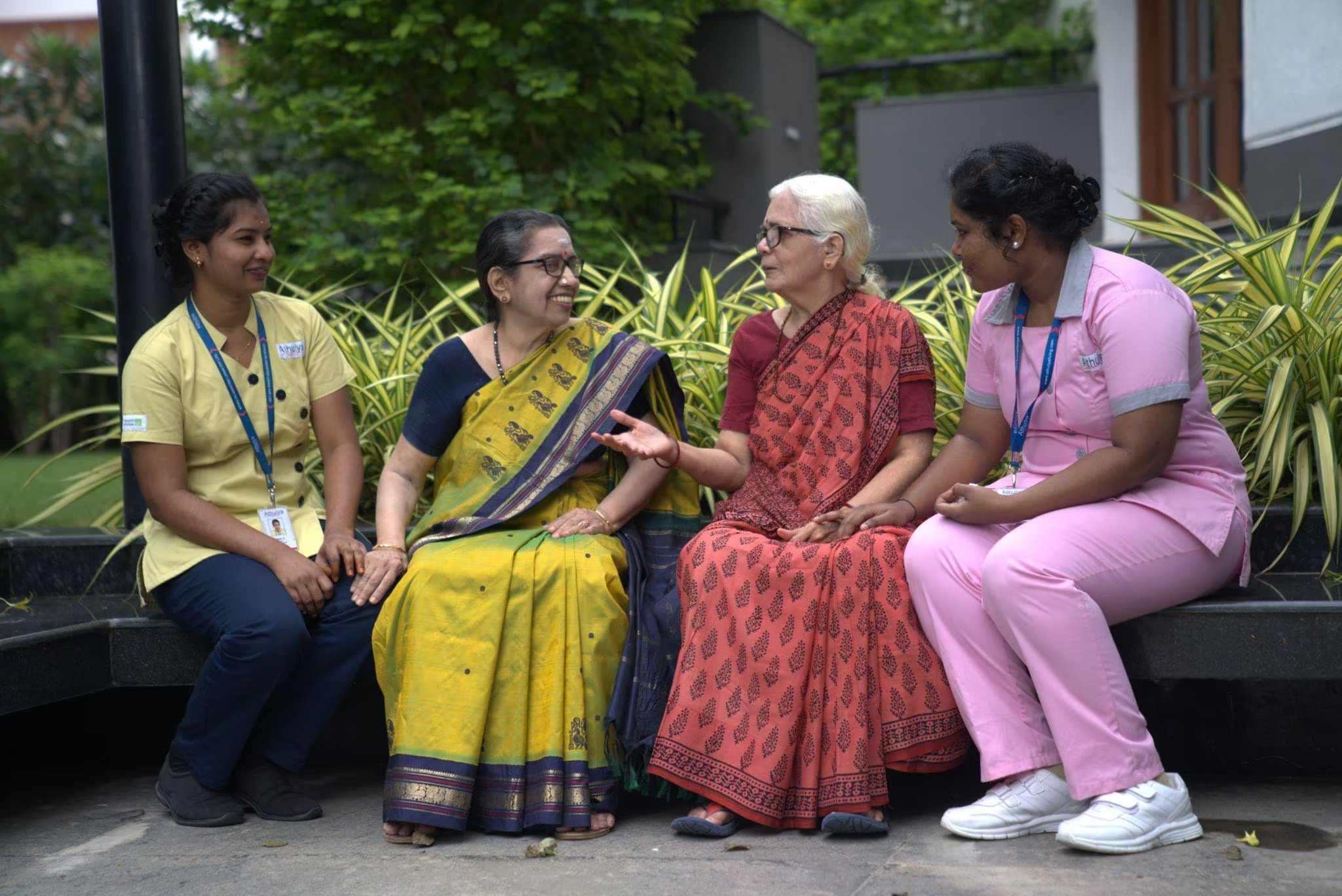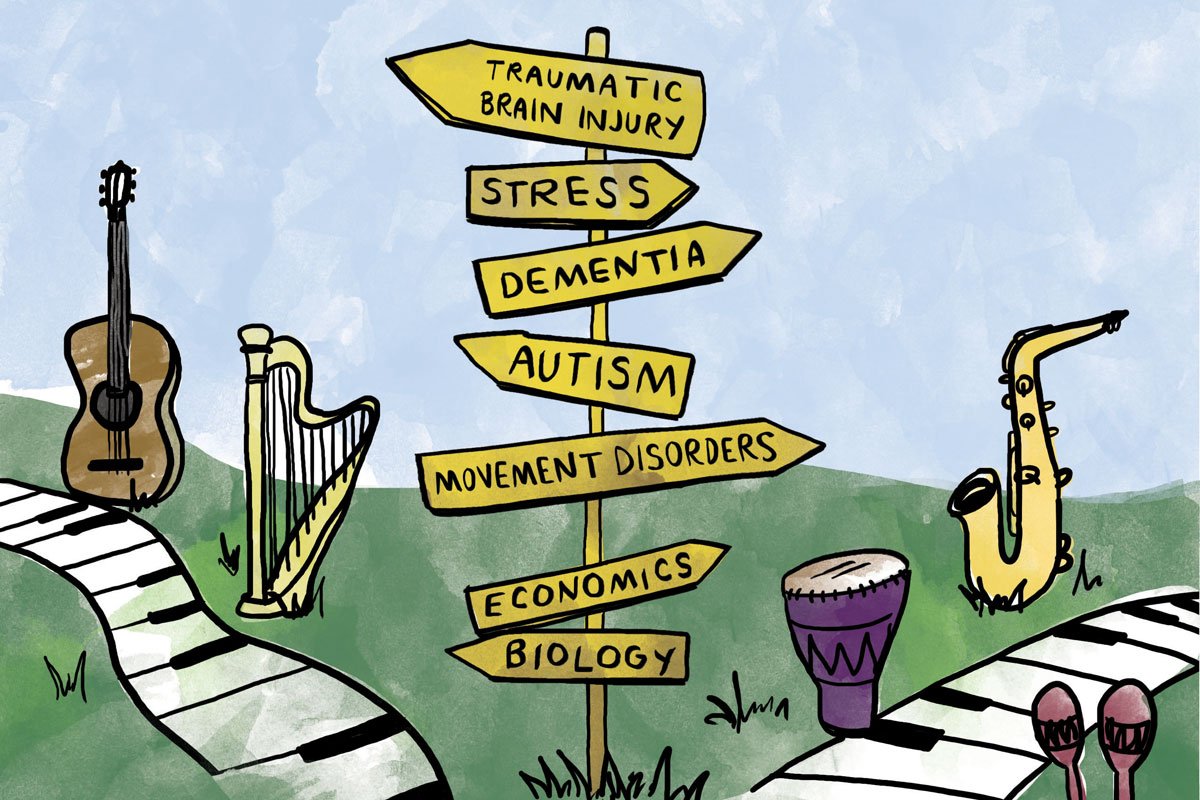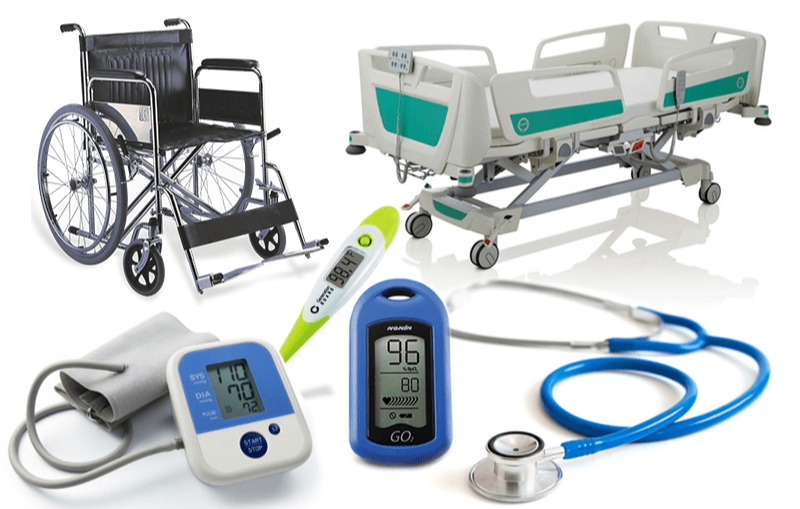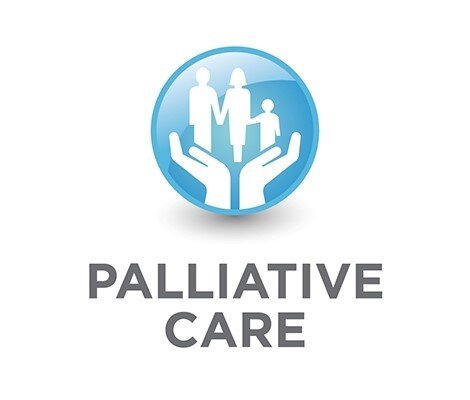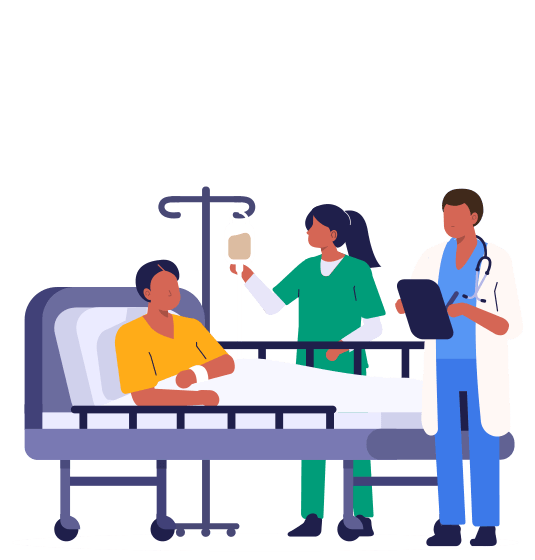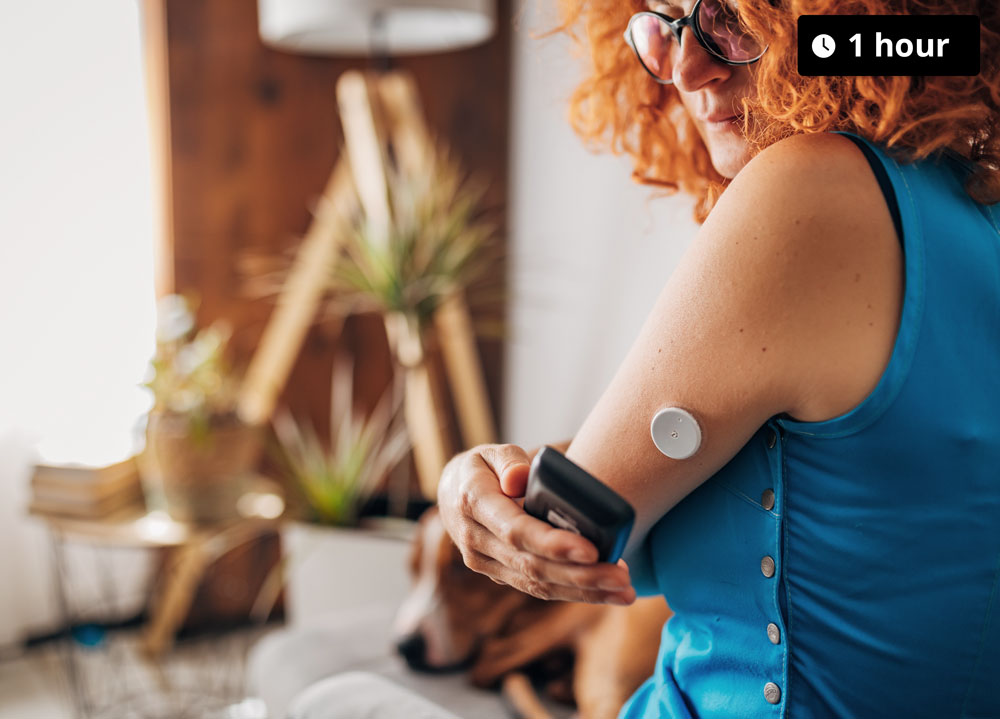India is home to more than 12 crore senior citizens, and the number is rapidly growing. With age comes wisdom, experience, and resilience—but also unique health challenges. Among these, nutrition plays one of the most overlooked yet powerful roles in ensuring healthy ageing. Nutrition for senior citizens in India is very important. During National Nutrition Week, it is important to reflect on how we, as families and caregivers, can make nutrition a cornerstone of elder care. At My Home Health (MHH), we see every day how balanced food and timely supplements can transform the well-being of seniors at home.
Why Nutrition is Crucial for the Elderly
As the body ages, natural changes occur:
Reduced absorption of vitamins and minerals.
Loss of muscle mass (sarcopenia) leading to frailty.
Bone thinning that raises the risk of fractures.
Slower digestion and reduced appetite.
Poor nutrition among elders often leads to weakness, delayed recovery from illness, reduced immunity, and dependency on others. Sadly, in many Indian households, senior citizens still follow restricted diets (low in protein, dairy, or green vegetables) either due to cultural beliefs, digestive issues, or financial constraints.
The Role of Supplements in Senior Nutrition
While whole foods remain the foundation of good health, supplements become essential when natural intake falls short. In the Indian context, the most common deficiencies among seniors are:
Vitamin D & Calcium – crucial for bone health and fall prevention.
Vitamin B12 – important for nerve function and memory.
Omega-3 fatty acids – support heart and brain health.
Protein powders – helpful for seniors struggling with low appetite or chewing issues.
Probiotics – support gut health and immunity.
At MHH, our trained nurses and caregivers often work with doctors to monitor supplement use, ensuring safe dosage and avoiding harmful interactions with regular medications.
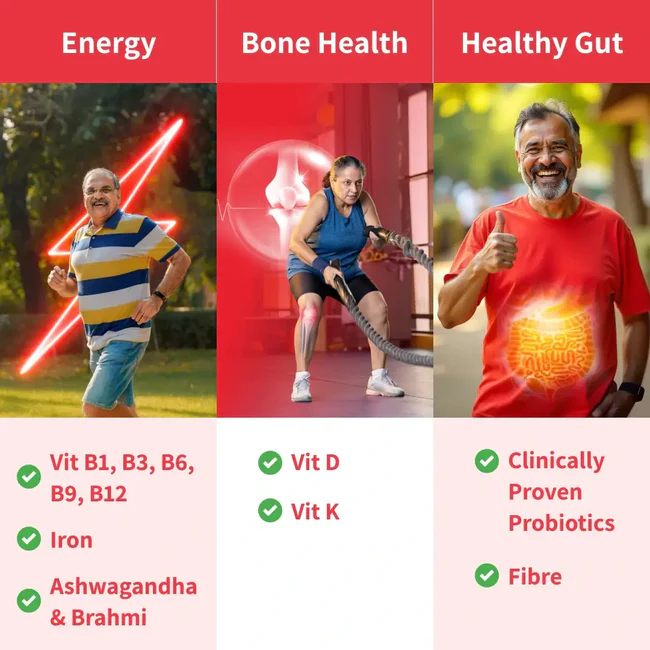
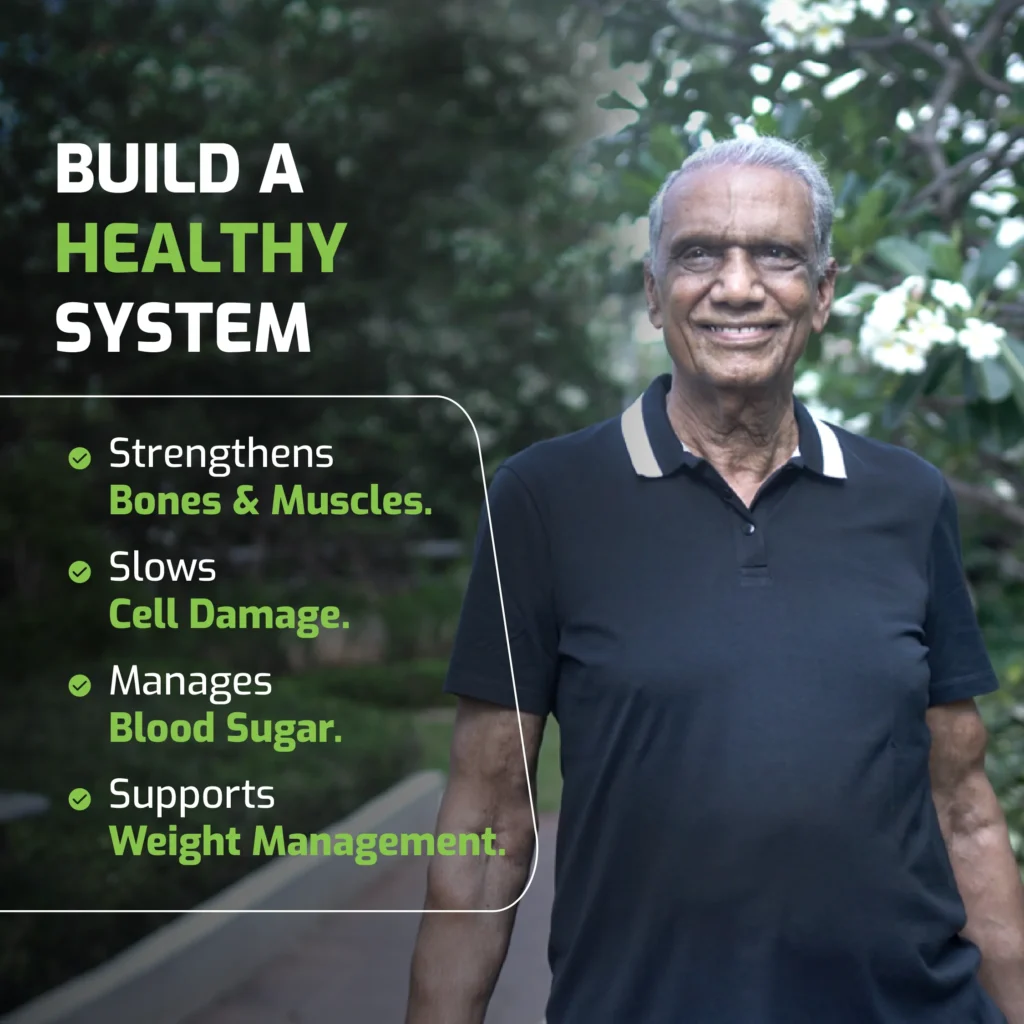
Home Healthcare: A Partner in Elder Nutrition
Nutrition for senior citizens in India is utterly important. Proper nutrition is not only about food but also about timely monitoring and personalized care. My Home Health bridges this gap by offering:
Elder Care Services – personalized support for diet management, vitals tracking, and emotional well-being.
Home Nursing Support – skilled nurses who can assist with chronic condition management, medication adherence, and nutritional guidance.
Medical Equipment Rental – ensuring seniors remain comfortable and supported at home.
With trained caregivers, seniors not only eat better but also feel cared for—reducing loneliness and improving quality of life.
A Call to Families and Caregivers
This National Nutrition Week, let’s remind ourselves: nutrition is medicine for the elderly. Adding a glass of milk, a spoonful of ghee, or the right supplement can mean the difference between frailty and active living.
👉 To explore how My Home Health can support your loved one’s nutrition and overall care, reach out to us at www.myhomehealth.in.
For more insights:

















